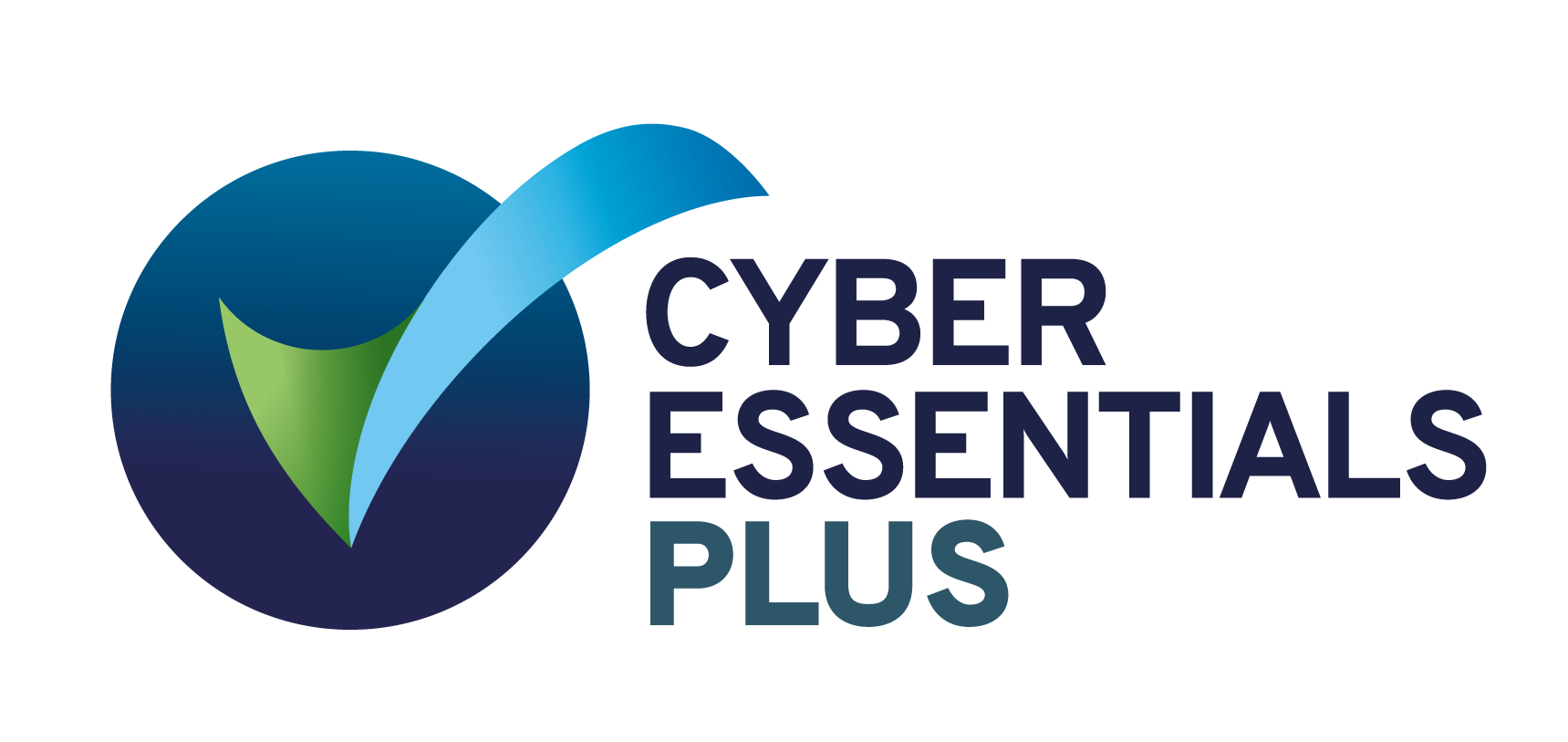"Extend visibility. Prioritise action. Communicate risk."

The challenge?
The days of IT environments with clear on-premises boundaries are long gone. Organisations have been working on their digital transformation journeys which has led to the adoption of cloud, mobility, continuous software delivery, IoT and all of the other modern technologies and processes that have come about in the last several years.
As a result, IT environments have become complex, distributed, hybrid and loosely coupled - making them incredibly difficult to secure and in turn, offering cyber criminals plenty of blind spots and gaps to exploit.

In this new world, we're seeing security programs are still typically reactive and siloed. If you currently have have many, many, many different tabs open - chances are you're using a lot of different point tools that generates a whole heap of fragmented data that's often impossible to easily correlate and difficult to draw meaningful insights from.
So, what can we do? Introducing Exposure Management

Adopting an Exposure Management platform can help you:
- Gain comprehensive visibility across the modern attack surface
- Anticipate threats and prioritise efforts to prevent attacks
- Communicate cyber risk to make better decisions
First let's ask ourselves, do we need Exposure Management?
The below questionnaire will help you determine if you need to adopt an exposure management platform:
- Do the tools in your security stack interoperate and give you comprehensive insights into your exposure?
- Do you have full visibility in your attack surface, from endpoints to the cloud to your on-prem environments and everywhere in between?
- Can you, at any given point, prioritise your remediation efforts in a predictive manner so that you always know what you need to do first?
- Are you leveraging threat intelligence to understand your threat landscape?
- Can you analyse all the attack paths that can lead cybercriminals to your most critical assets?
- Are you remediating issues in a timely precise, continuous manner in a way that meets or exceeds industry benchmarks?
- Can you answer with confidence and authority the question: "How secure are we?"
- Are you able to clearly communicate your security status both to business executives and to your security team?
- Are your decisions for resource allocation in the security team based on data?
If you answered 'no' to all or most of these questions, chances are you most likely would benefit from exposure management.
Benefits based on job role
A comprehensive exposure management program helps a variety of stakeholders. Here's a breakdown of some of the benefits to three key roles:

Security practitioners
- Full visibility and understanding of the entire attack surface
- No more blind spots - unified view of all assets
- Precise remediation prioritisation for all types of vulnerabilities and exposure
Security managers
- Comprehensive insight and context about threats, assets and privileges
- Ability to anticipate attack consequences via a contextual view of assets and users across the attack surface
- Clear, easily communicated key performance indicators (KPIs) for tracking progress over time and comparing benchmarks
CISO's & Other Security Executives
- The ability to answer the question: "How secure are we?"
- Accurate risk assessments to improve decisions about investments and insurability, meet compliance requirements and drive organisational improvement
- Actionable metrics to help measure, compare and communicate cyber risk to IT and security teams, as well as to non-technical executives and operating teams
The 3 must haves when it comes to an Exposure Management platform
To be able to effectively understand and manage your organisations cyber risk, it's entire attack surface and to eliminate blind spots, the platform must provide:
- A unified view of all assets and associated software vulnerabilities, configuration vulnerabilities and entitlement vulnerabilities, whether on-prem or in the cloud
- Continuous monitoring of the internet to rapidly discover and identify all external-facing assets to eliminate areas of known and unknown security risk
2. The ability to Predict and Prioritise
- Offer context about the assets, exposures, privileges and threats across an attack path by drawing upon the large data sets available from your tech stack
- Provide accurate and predictive remediation guidance and insights to priorities vulnerability remediation that could have the biggest impact and could be most likely to be exploited by attacks
3. Effective metrics to communicate cyber risk
- Offer actionable metrics that help save time, improve investment decisions, support cyber insurance initiatives and drive improvement while reducing risk
- Allow users to drill down for specifics about each department, business unit, geo-location or technology type to help improve overall communication and collaboration amongst the different business functions within the organisation
Sounds like Exposure Management could be for me... but where do I begin?
Spear Shield are currently running a FREE Vulnerability assessment. Over a 2-week period, we can give you insight into:
- Asset Discovery - what's connected to your network
- Insight into what vulnerabilities are present and how exploitable they are
- A full breakdown of remedial actions to help prioritise and remediate the top risks identified
Set-up is simple and minimal resource is required.
If you'd like to learn more, or contact the Spears at:
01473 948980
About Spear Shield


